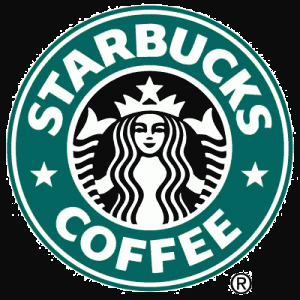Every Website is a Retail Store
Full Disclosure Note: I own ten (10) shares of Starbucks stock.
On October 20th, 2010 Starbucks rolled out the Starbucks Digital Network. The link goes to their press release. The network was developed in conjunction with Yahoo. Via the free Wifi in company owned stores, Starbucks is providing premium content which one can only get when in the store. This includes ways to download the free iTunes song of the week, as well as having access to digital books and other content.
A news article about the network suggested Starbucks was doing this because of competition from McDonalds, which offered free Wifi before Starbucks did. That may be true, but what I find more interesting is that Barnes & Noble is positioning itself to offer similar access to special deals and content on their Nook, provided owners come into a bookstore to download it. What both businesses are creating is a digital tether which binds the user to a physical location; and rewards the user for coming into the store.
Starbucks will be financing this effort through a portion of sales through the network and, I would imagine, limited advertising on the network. The service becomes a magnet to draw customers in, and is a value-added aspect that can make Starbucks the preferred choice over another coffee shop that just offers free Wifi.
Most important of all is that this interface turns Starbucks into a digital boutique. In addition to getting coffee, you can rent movies, buy books and music. You have, in the palm of your hand, half a mall’s worth of stores. The opportunity to conduct ecommerce has become even more common. Access to this site can effectively replace the morning paper, bringing consumers all the information and ads and samples they could want or need.
I have long maintained that every website is a retail store. Most companies use them as information hubs, which means they’re squandering a lot of potential. As more and more companies like B&N and Starbucks create sites like this—and you have to bet that McDonalds is not going to be very far behind, followed by Sears, Walmart and any business with a waiting room (think car dealerships and doctors’ offices)—consumers will become used to checking bargains, Tweeting out info, updating Facebook status reports and purchasing stuff they can only get at that location.
Consider the following scenario. I write a short story that ties into the Crown Colonies universe. It is only available for reading on the Starbuck’s Digital Network. Someone comes in, sees it, reads it, Tweets about it, checks in on Foursquare with a tip, and folks will come in to look at it. (Imagine the spike a Stephen King exclusive story would generate!) And at the end of the story there is a link to a spot where you can buy the novel associated with the story. The sales will rack up.
Even better, imagine Starbucks hosting a live concert by Taylor Swift, streaming it exclusively over their digital network. All over the world fans would get into Starbucks to listen. The company might require a connect code that’s printed at the bottom of a receipt that day, guaranteeing some sales. Throughout the event, of course, advertisements would entice folks to buy the singer’s latest CD or try other merchandise.
What does this mean to writers? All of these networks are going to be hungry for content, and content is what we do. Think of these dedicated sites as the new magazines. They’ll be buying the sort of thing we produce. Serial stories are a natural for getting customers to return. And if we have material that they can host and sell, we can do very well.
Keep your eyes open. This isn’t a new front in the digital revolution, it’s a new generation of weapon.



 20. Oct, 2010
20. Oct, 2010 








3 Responses to “Every Website is a Retail Store”